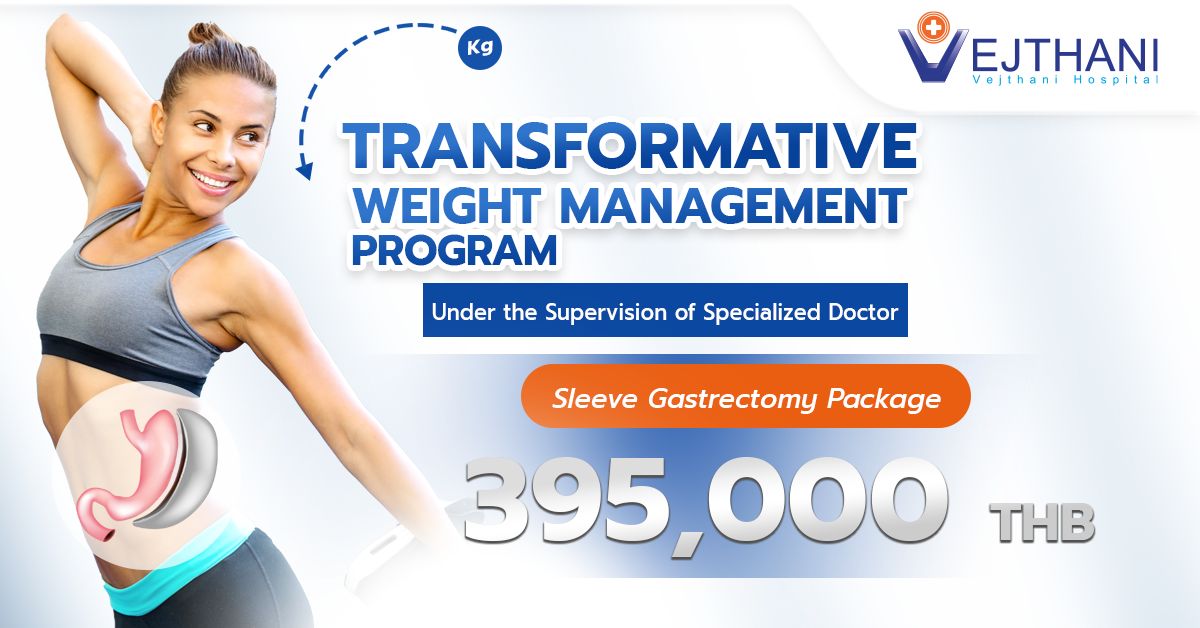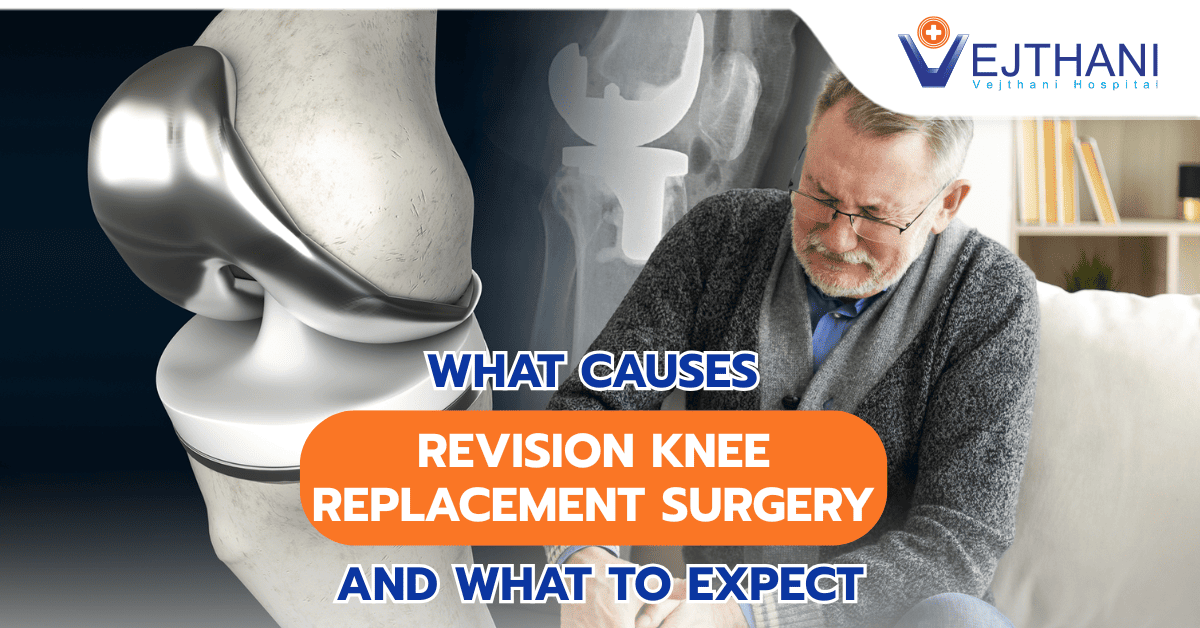
Valve-Sparing Aortic Root Replacement, Including Modified David Reimplantation Surgery
Overview
A valve-sparing aortic root replacement procedure involves replacing the segment of the aorta directly connected to the heart while keeping the natural aortic valve in place. The aortic root, which houses the aortic valve, is where it joins the heart, specifically in the left ventricle—the heart’s main pumping chamber. The aortic valve serves as a “gate” controlling the flow of blood from the left ventricle into the aorta.
With each heartbeat, the heart propels blood through the aortic valve. During the heart’s contraction phase (systole), the leaflets or flaps of the aortic valve open, allowing blood to enter the aorta. When the heart relaxes (diastole), these flaps close to prevent the backward flow of blood into the heart.
Some have healthy or minimally sick valve flaps but a damaged aortic root. A new aortic valve wouldn’t be necessary in that situation. All you require is a replacement aortic root and possibly valve flap sparing or preservation. However, during the conventional aortic root replacement technique (also referred to as the Bentall procedure, or composite graft replacement), the aortic root and aortic valve are replaced by the same surgeon.
An alternative to the Bentall technique is valve-sparing aortic root replacement, a surgical approach that retains your original aortic valve while replacing the aortic root. For many individuals, preserving the existing aortic valve is a preferable choice, as it often yields excellent outcomes and mitigates many of the risks associated with valve replacement. This is particularly true when the procedure is performed at high-volume surgical centers by skilled surgeons. Unlike having a mechanical valve replacement, valve-sparing surgery typically eliminates the need for a lifelong prescription of blood thinner, such as Coumadin.
Reasons for undergoing the procedure
These conditions are treated by valve-sparing aortic root replacement:
- Aortic root aneurysm. This is an atypical aortic root dilatation, or widening. This portion of your aorta may grow excessively large, which may inhibit your valve from shutting all the way or cause your aorta to rupture (aortic dissection) or burst like a balloon. An enlarged root can result in a leaky valve, also known as aortic regurgitation, by interfering with normal valve function.
- Ascending aortic aneurysm with dilated aortic sinuses. This indicates that a part of your ascending aorta has dilated abnormally. Furthermore, although they are not quite at the threshold for an aneurysm, your three naturally protruding parts of your aortic root, known as your aortic sinuses, are broader than usual.
You have a higher risk of issues like aneurysm rupture or dissection the broader any part of your aorta grows. Individuals who have specific hereditary connective tissue illnesses, such Marfan syndrome, are more susceptible to aortic root aneurysms and its related consequences.
Surgeons take into account both the potential advantages and risks of a procedure when deciding if a patient needs surgery. They evaluate each patient on an individual basis to ascertain whether valve-sparing aortic root replacement offers a more favorable choice compared to the Bentall operation.
When valve-sparing aortic root replacement is performed on carefully selected individuals, it can yield outstanding short- and long-term outcomes. This is especially true when the patient’s aortic valve can be effectively repaired, exhibits minimal damage, and has little to no calcification.
Techniques used
Surgeons can replace your aortic root while preserving your aortic valve using one of two basic methods:
- Aortic valve reimplantation, or the more recent and long-lasting modified reimplantation procedure.
- Repairing the aortic root.
Risks
Aortic root replacement with valve preservation is a big procedure that calls for a knowledgeable and competent surgeon. Although they are rare, it has risks and problems similar to other major procedures. Among them are:
- Stroke
- Heart attack
- Bleeding
- Blood clots
- Graft infection
- Kidney problem
- Difficulty of breathing
- Needing a pacemaker
- Stomach, urinary tract, or lung infection
It’s critical to discuss your unique amount of risk with your surgeon in light of your general health and any underlying medical issues. Risks are negligible in the hands of skilled surgeons.
Before the procedure
You will receive comprehensive instructions from your surgeon to help you get ready for surgery. It’s critical to pay great attention to them. As a rule, you might have to:
- Modify your regular drug regimen (do not cease taking any medications or alter your regimen unless directed by your surgeon).
- Right after midnight on the eve of your procedure. This excludes all foods and beverages, including water.
- Take some prescription drugs the night before your procedure.
- Make arrangements for a ride to the hospital on the day of your procedure and a ride home on the day after.
In order to help arrange the specifics of your surgery, your surgeon will conduct tests. These could consist of:
- Blood tests
- Echocardiogram
- Cardiac and chest Electrocardiogram (EKG) gated Computed Tomography (CT) scan
- Heart Magnetic Resonance Imaging (MRI)
- Coronary angiogram
- A genetic blood test for connective tissue disorders that may be present
Additionally, you and your surgeon will discuss:
- All of the medications you use, including over-the-counter ones.
- Any underlying medical issues.
- Your overall health, including any recent medical illnesses.
- Using tobacco or smoking. Before your surgery, you should abstain from all tobacco products for at least one month.
- The specifics and hazards of your procedure, as well as the valve’s durability and long-term prognosis.
Never be afraid to ask questions during your appointments if something comes up. It’s critical that you comprehend everything that needs to be done and what to anticipate.
During the procedure
A competent surgeon would often stop your heart for an hour during a valve-sparing aortic root replacement procedure, which takes four to six hours on average. The following actions will be taken by your surgical care team to accomplish a valve-sparing aortic root replacement. (You can learn about changes to this process in the section that follows.)
- Put you under anesthesia. Medication known as anesthesia is used to put patients to sleep so they won’t feel pain or be awake during surgery.
- Make a cut across your chest. Your heart is accessed by your surgeon via a median sternotomy.
- Attach a heart-lung bypass machine to you. This is also referred to by surgeons as “on the pump.” Heart-lung machines, or cardiopulmonary bypass machines, perform the functions of the heart and lungs during surgery. In order to safeguard your heart during surgery, your healthcare team may also utilize this machine to provide cardioplegia solution, a drug that temporarily stops your heart from beating.
- Get your valve moving. Your aortic valve is surgically isolated from the surrounding tissues.
- Fix the flaps on valves. Your surgeon fixes any damage to the valve flaps if necessary. If you have a highly leaky valve or bicuspid aortic valve, this may occasionally be required.
- Cut off the damaged aortic segments. Your aortic root and, if applicable, your ascending aorta are removed by the surgeon along with the unnaturally enlarged sections.
- Put in a graft. This graft replaces the injured section of your aorta with a collagen-coated polyester (fabric) tube. Your surgeon selects the ideal graft size for you. The graft is sewn into place using stitches.
- Replace the valve. Your valve is sewn into the graft once your surgeon implants it there.
- Check the valve. Your surgeon will inject a fluid through the graft to ensure optimal valve function. Additionally, they inspect the valve flaps to ensure that they are properly shaped and that they open and close as they should.
- Complete the process. The last necessary procedures, such attaching your coronary arteries to the graft, are finished by your surgeon. Additionally, they join the remaining segment of your ascending aorta or aortic arch to the distal end of your graft, which is the end that is farther from your heart.
- Turn off the pump for you. To restore blood flow to your heart and lungs, your team will wean you off of cardiopulmonary bypass. Your chest incision is closed by your surgeon.
- Do a cardiac echo scan. Before exiting the operating room, your team does a transesophageal echocardiography to ensure the procedure went well.
Procedure modifications
Surgeons have modified the conventional reimplantation procedure throughout time in an effort to enhance results. Dr. Lars Svensson’s changes, for instance, consist of the following:
- Depending on the surface area of your body, decrease the diameter of your aortic annulus. The fibrous, crown-shaped base of your aortic valve is called the annulus. Your valve can leak if the annulus is very large. Your surgeon determines the optimal annulus diameter by calculating your body surface area, which helps to reduce the chance of this issue. During your procedure, a Hegar’s dilator is used to create the proper size for the base of your graft.
- Create new aortic sinuses (neosinuses). It is also possible to create new aortic sinuses—a minor but required expansion of three sections of your aortic root—by using the Hegar’s dilator to size your graft. When the graft is crimped by the surgeon to fit the size of the dilator, new sinuses are created. This addresses a limitation of a conventional fabric graft: it is a sinus-free, straight tube. By creating new sinuses, you can prevent needless wear and tear on your valve flaps against your graft and restore more natural blood flow through your valve. Over time, neosinuses also reduce your chance of developing a leaky valve. You can talk to your surgeon to learn more about the specific techniques they may use.
After the procedure
Before being transferred to a standard hospital room, you should anticipate spending one or two days in the Intensive Care Unit (ICU). The majority of people return home in four to seven days. You will undergo a follow-up echocardiography and a chest CT scan before you depart to ensure your repair is going properly. Consider this to be your “graduation picture.”
Your doctor will keep a careful eye on you while you’re in the hospital to make sure you’re healing properly. You’ll get medicine to relieve your pain and stop blood clots, as well as tubes to remove fluids from your body.
It’s critical that you take things slowly and adhere to the advice of your doctor. Overexerting yourself and recovering too slowly might be detrimental.
Until your supplier deems it safe, you will not be able to operate a vehicle. Therefore, when you are released from the hospital, ensure sure someone drives you home.
Outcome
Typically, a complete recovery takes about six weeks. Engaging in cardiac rehabilitation can potentially speed up your recovery and aid in your overall recovery process. Connecting with others who are going through similar experiences can also be beneficial.
Throughout your recuperation and afterward, you will need to schedule follow-up appointments with your doctor. They will provide guidance on the frequency of these visits.
It’s essential to recognize that follow-up appointments are necessary even when you start feeling better. Your cardiologist and the rest of your healthcare team will conduct regular imaging tests to monitor the health of your heart and blood vessels. Therefore, it’s crucial to attend all your appointments and actively participate in your own treatment.
Contact Information
service@vejthani.com






















